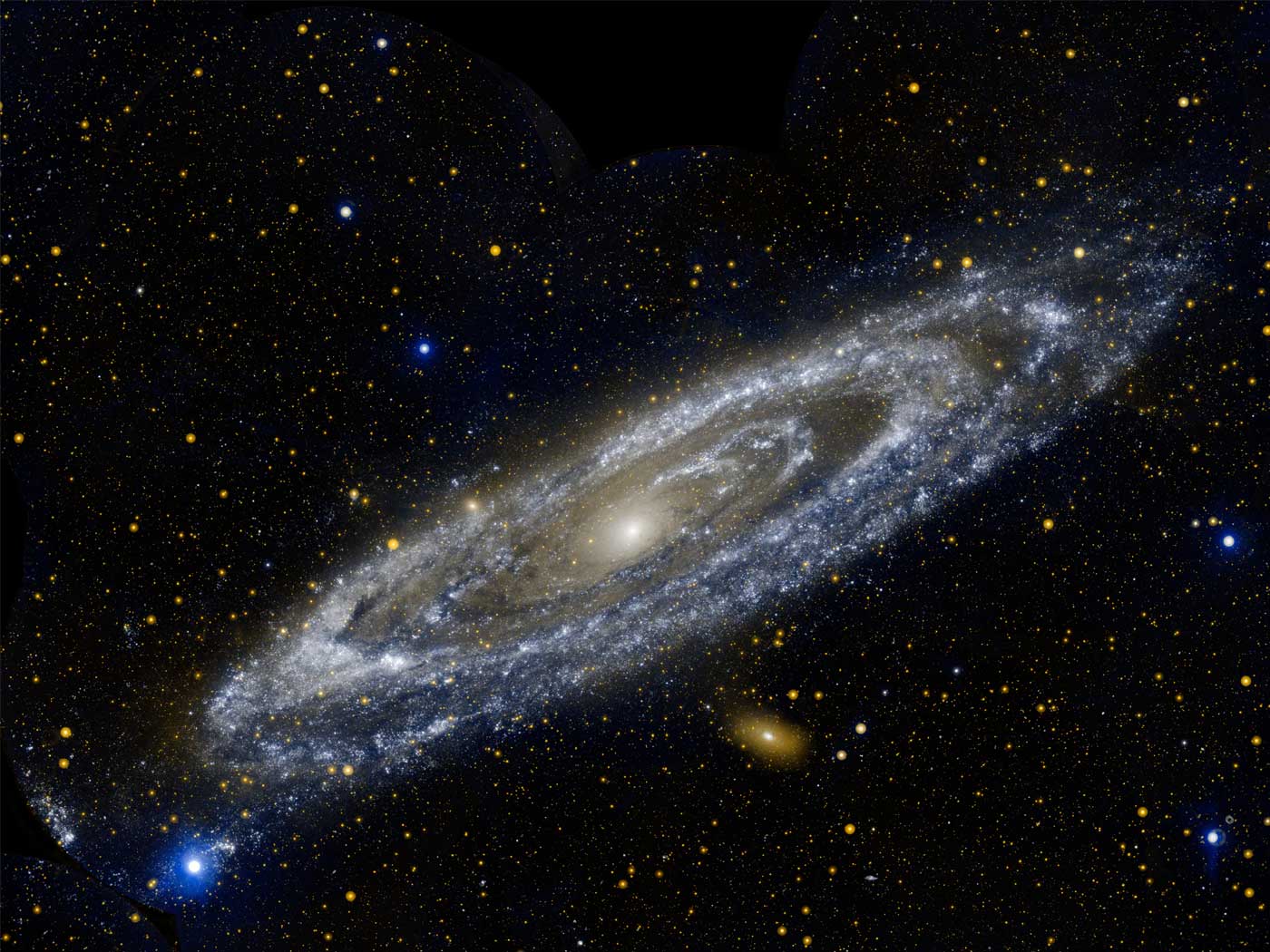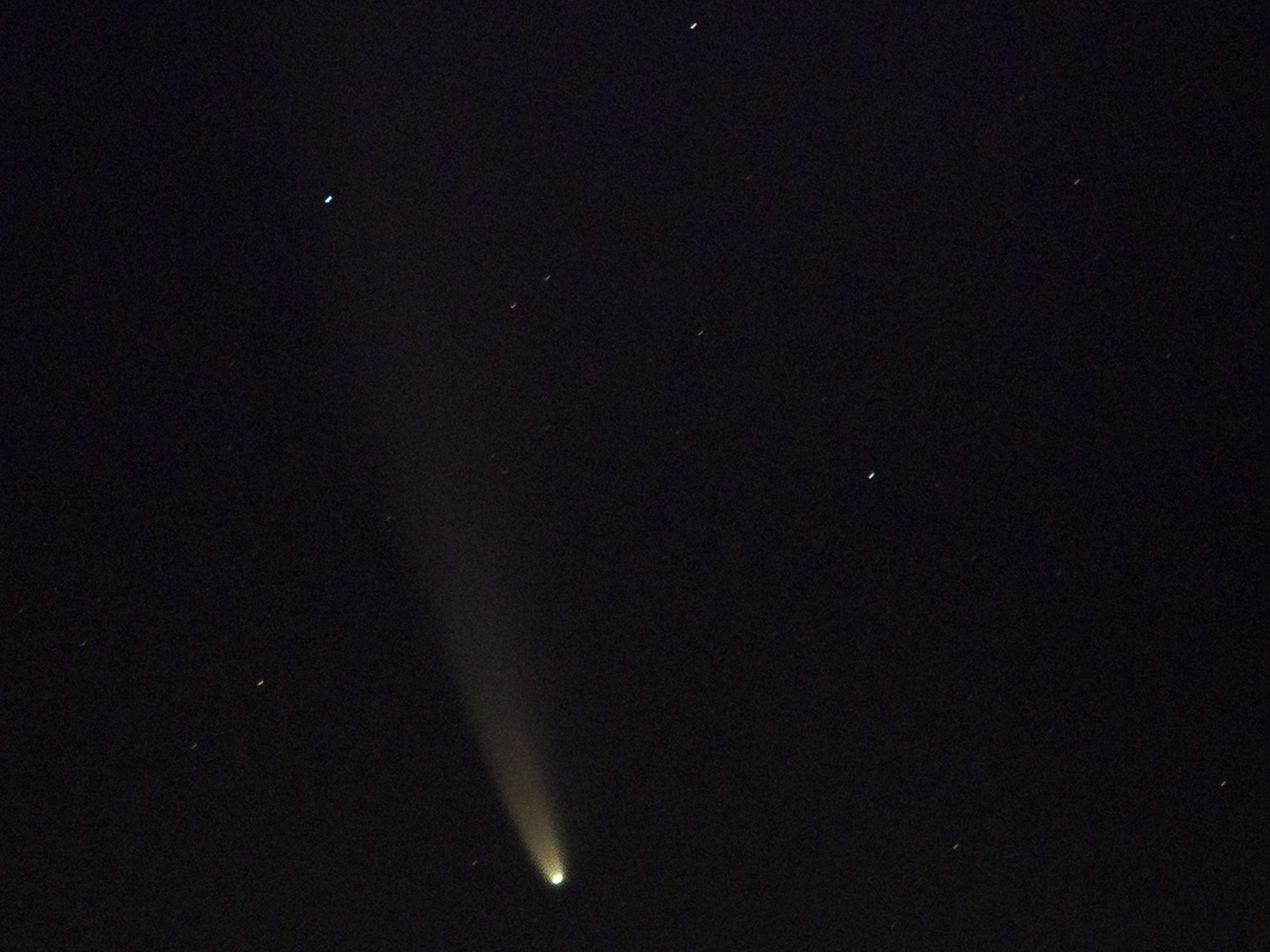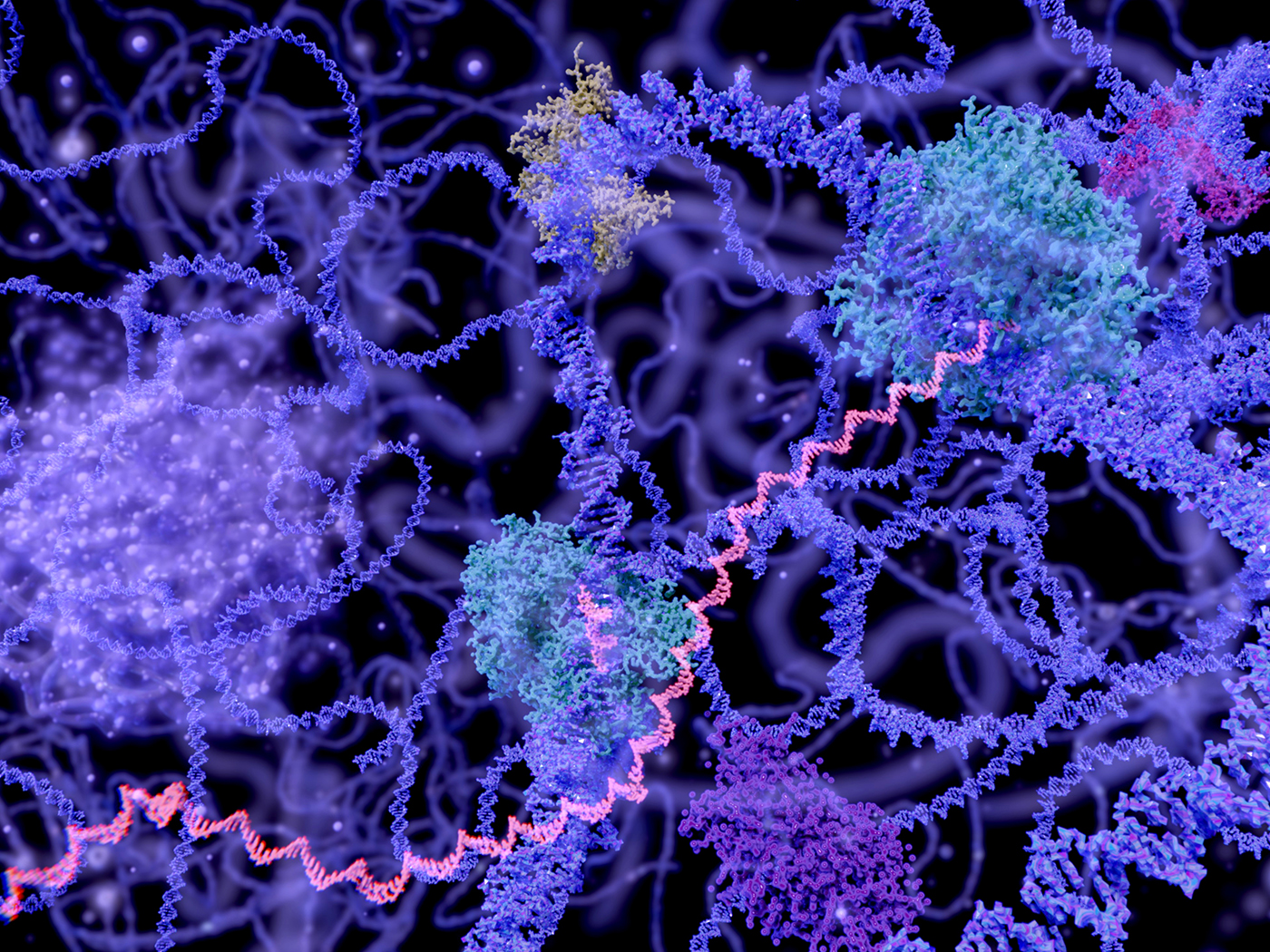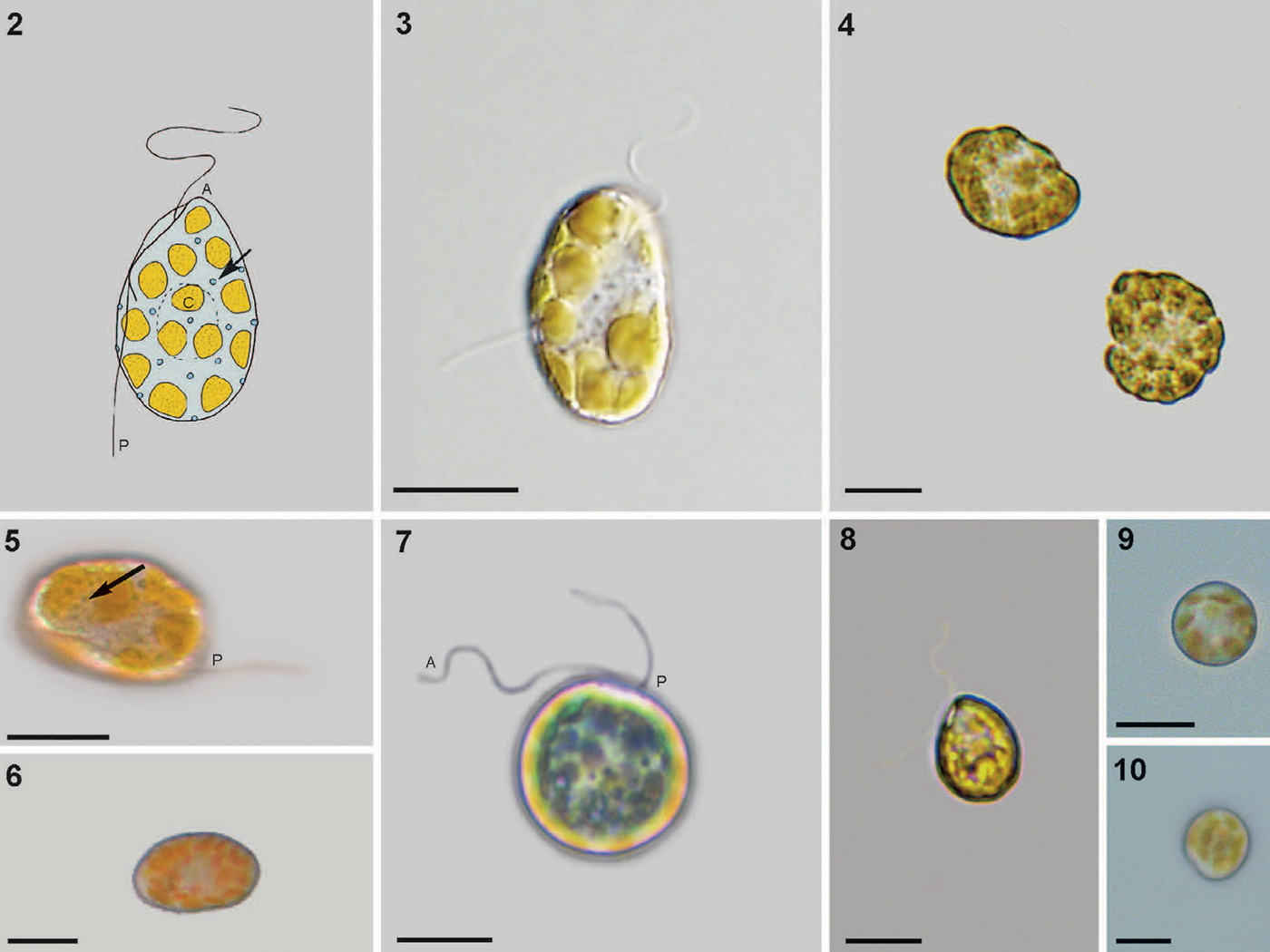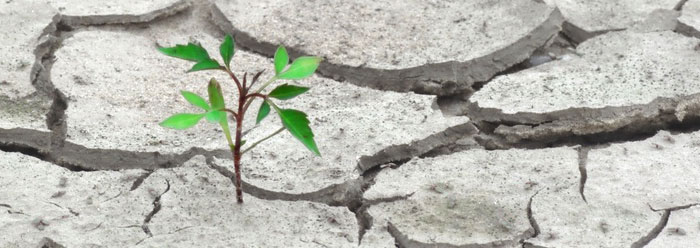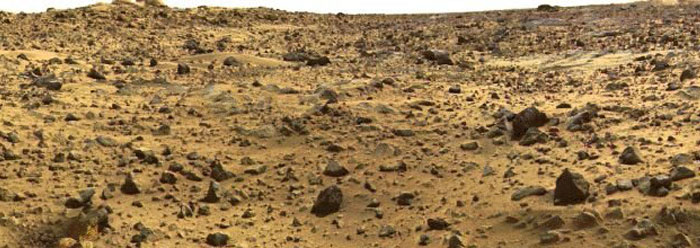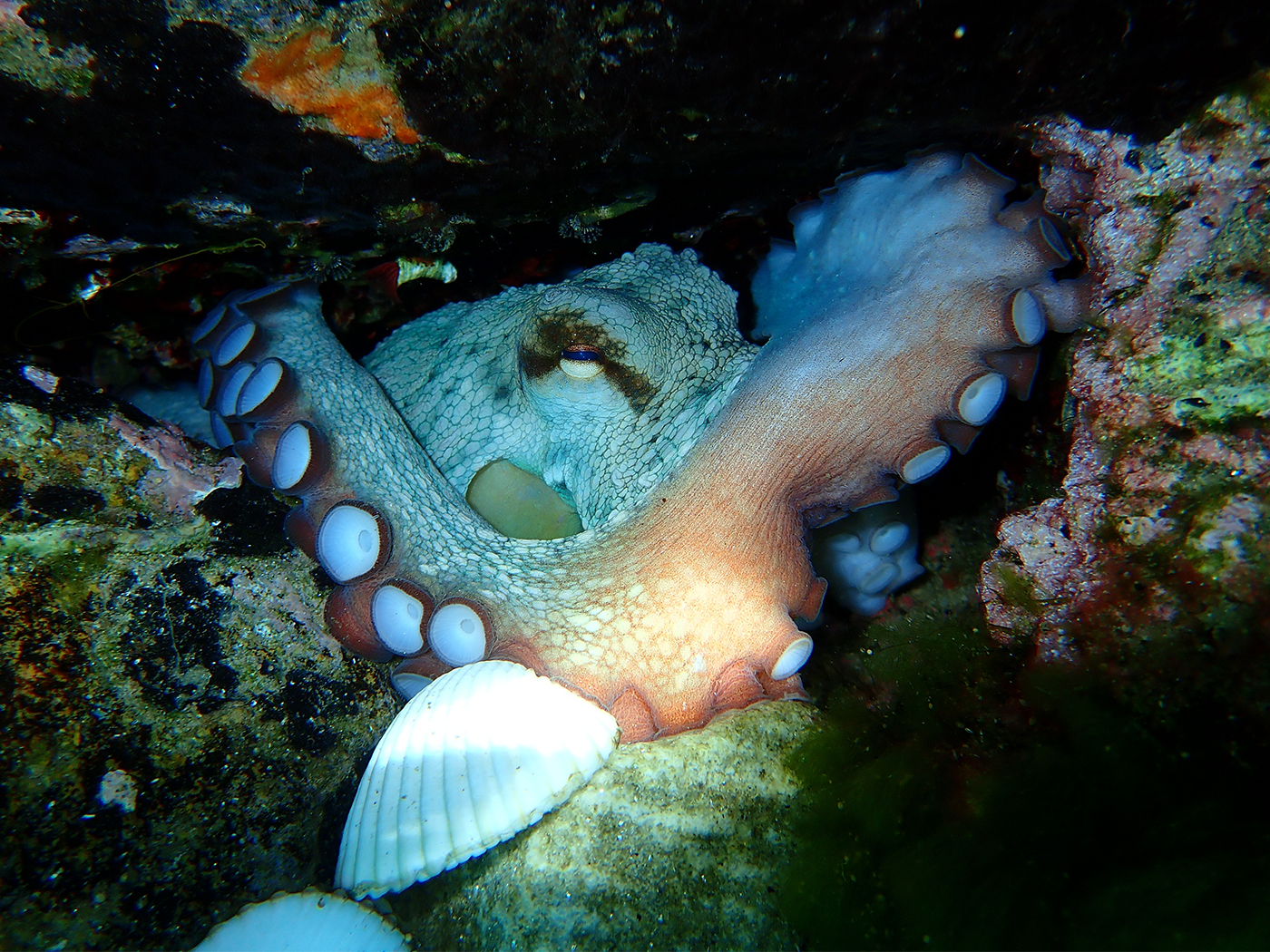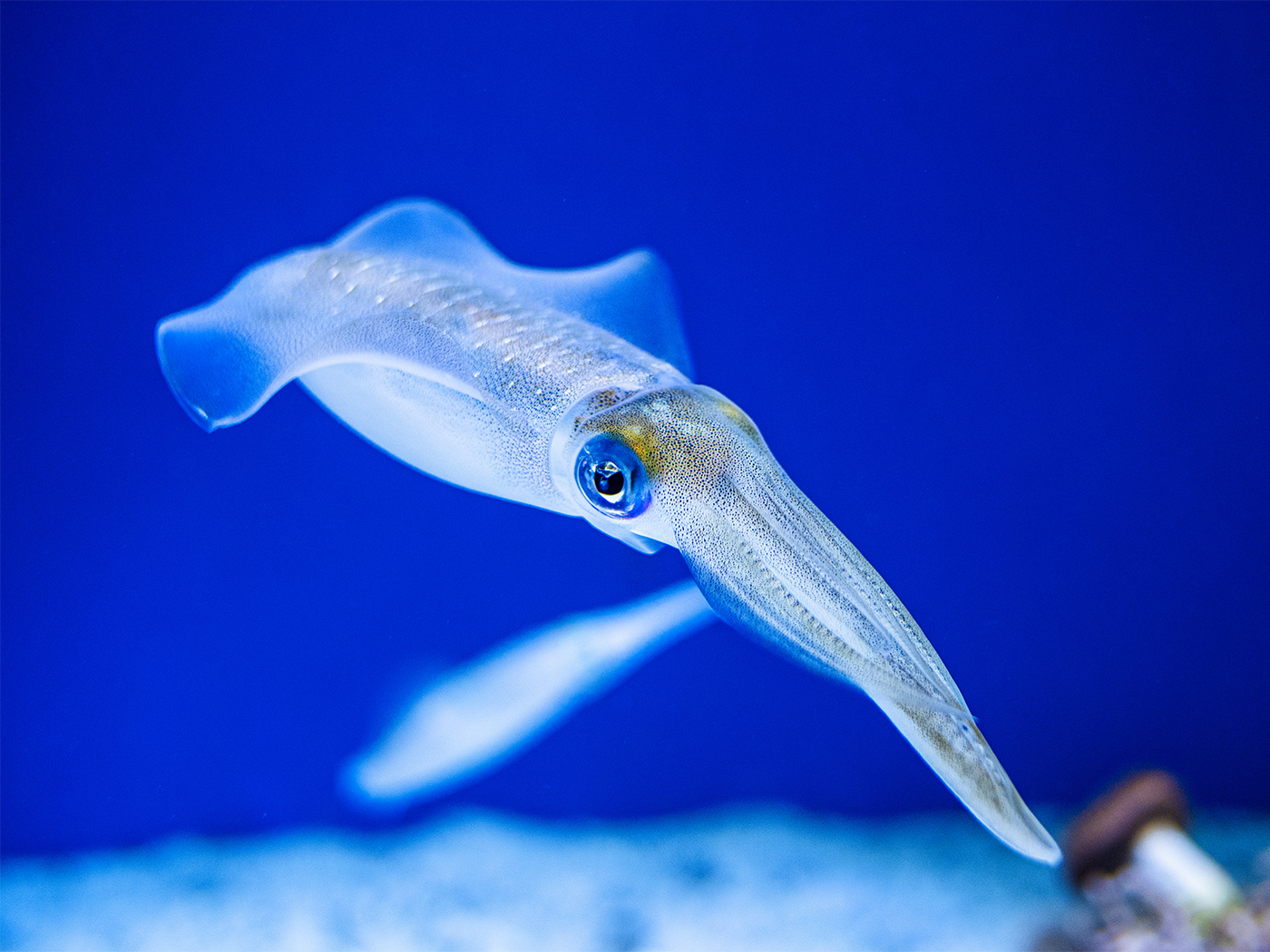Secular scientists are obsessed with attempting to show that life on Earth is not unique and therefore must exist, if not elsewhere in our solar system then somewhere in our Milky Way Galaxy. It is this worldview that resulted in the fruitless, decades-old project called the Search for Extraterrestrial Intelligence (SETI). It began with much anticipation and fanfare, but today has yet to reveal life or intelligent signals beyond Earth.
Venus—second planet from the Sun—has been called Earth’s “evil twin” because it lies within Earth’s orbit and is comparable in size. But the surface of this sister planet is an unimaginable inferno measuring 450 degrees Celsius (842 degrees Fahrenheit). Much of Venus’ inhospitable surface has been mapped thanks to radar observations from the spacecraft Magellan, Venera and Pioneer Venus.
The planet is shrouded in a thick, choking atmosphere filled with reflective hyperacidic clouds comprised of sulfuric acid. The upper atmosphere is actually colder than Earth’s. It was in this inhospitable environment that “the apparent presence of phosphine (PH3) gas” was found by a research team reporting in Nature Astronomy.1 On Earth, this very foul, toxic gas is produced biologically but is rapidly broken down by the chemical process of oxidation. On Venus, it is found in concentrations about a thousand times more than that on Earth. This was a shock to scientists. What is the origin of this gas? Research continues by various investigators to explain phosphine’s origin by non-biological means.
Is there life on Venus? Jane Greaves and the team publishing in Nature Astronomy “do not claim to have found evidence for life, only for ‘anomalous and unexplained chemistry.’”2 In addition, The New York Times, reporting on the work of the same team, stated that, “Some researchers question this hypothesis [of life on Venus], and they suggest instead that the gas could result from unexplained atmospheric or geologic processes on a planet that remains mysterious."3 The Times went on to say that Greaves et al. “have not collected specimens of Venusian microbes, nor have they snapped any pictures of them,”3 but they report the phosphine gas could come from unknown geochemistry or photochemistry (the branch of chemistry involved with the chemical effects of light).1 Geoscientist Matthew Pasek from the University of South Florida confirmed that, “There’s not a lot of understanding of where it’s [phosphine’s] coming from, how it forms, things like that . . . . We’ve seen it associated with where microbes are at, but we have not seen a microbe do it, which is a subtle difference, but an important one.”3
It’s clear that more detailed investigations are needed to verify life on—or above—Venus. This will require Herculean undertakings, as any actual upcoming missions to Venus are ideas, with no firm plans in place.3 Life on Venus? One should be prudent and adopt a cautious wait-and-see attitude.
References
1. Greaves, J. S. et al. 2020. Phosphine gas in the cloud decks of Venus. Nature Astronomy.
2. Grady, M. Venus: Could it really harbour life? New study springs a surprise. The Conversation. Posted on Phys.org. September 15, 2020, accessed September 2020.
3. Stirone, S., K. Chang and D. Overbye. Life on Venus? Astronomers See a Signal in Its Clouds. The New York Times. Posted on Nytimes.com September 14, 2020, accessed September 2020.
*Mr. Frank Sherwin is Research Associate at the Institute for Creation Research and earned his master’s degree in invertebrate zoology from the University of Northern Colorado.
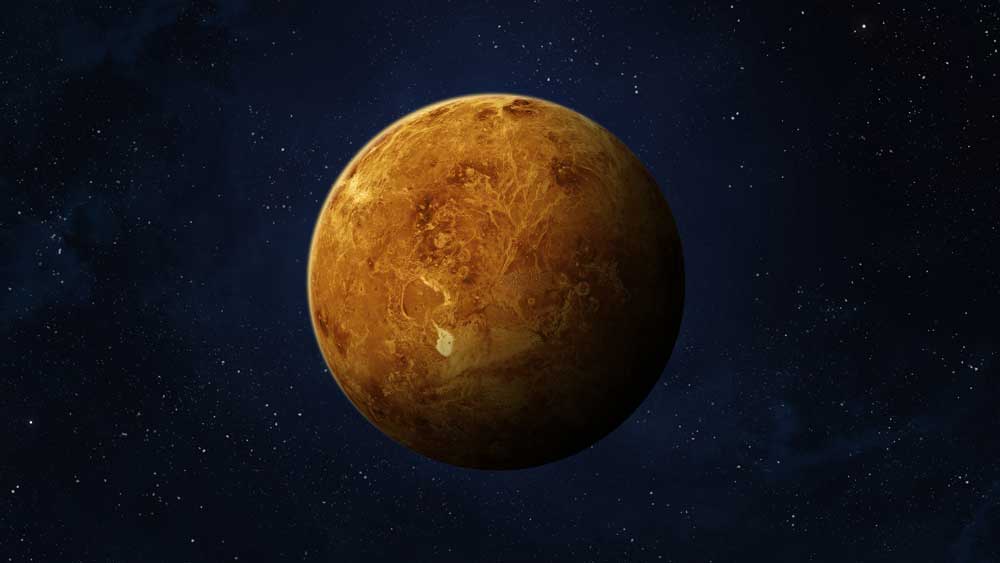
Have Scientists Found Life on Venus?
The Latest
Was a Key to Photosynthesis Evolution Discovered?
Northern Canadian lakes were the source of recently discovered unique photosynthetic bacteria of the phylum Chloroflexota. After years of culturing,...
CREATION PODCAST
Four Moons That Indicate a Young Universe | The Creation Podcast:...
Earth has one moon, but Jupiter has many! What can we learn from our celestial neighbor's satellites? Do they indicate youth?
Host...
Creation Kids: Seeds and Sprouts
by Renée Dusseau and Susan Windsor*
You're never too young to be a creation scientist and explore our Creator's world. Kids, discover...
APOLOGETICS
Christ’s Creativity in Canyon Critters
Grand Canyon animals display many marvelous traits and behaviors as they live life in that harsh habitat. These canyon creatures succeed thanks to the...
Standing Against False Science
I’m Michael Stamp, and I’m in my 12th year as an editor at the Institute for Creation Research. It’s always an encouragement to see...
Oysters and Pre-Flood Longevity
The oyster species Crassostrea virginica, also known as the eastern oyster, is a prized seafood. Research has demonstrated that a fossil version of...
Galápagos Finches: A Case Study in Evolution or Adaptive Engineering?
A group of birds known as Darwin’s finches live in the Galápagos Islands, which are located in the Pacific Ocean 600 miles west of Ecuador....
Hot Springs National Park: Hydrothermal Springs Formed By The...
Hot Springs National Park is located about an hour southwest of Little Rock in the folded Ouachita Mountains of central Arkansas. It is the second smallest...
Why Biology Needs A Theory of Biological Design—Part 2
“Based on a true story” is included by movie producers to add authenticity, importance, and a flair of anticipation. So, my account of how...
Marine Fossil Tapeworm Is Still a Tapeworm
The Flood was both sudden and rapid. The burial of creatures—including delicate plants and soft-bodied animals like jellyfish1—occasionally...




